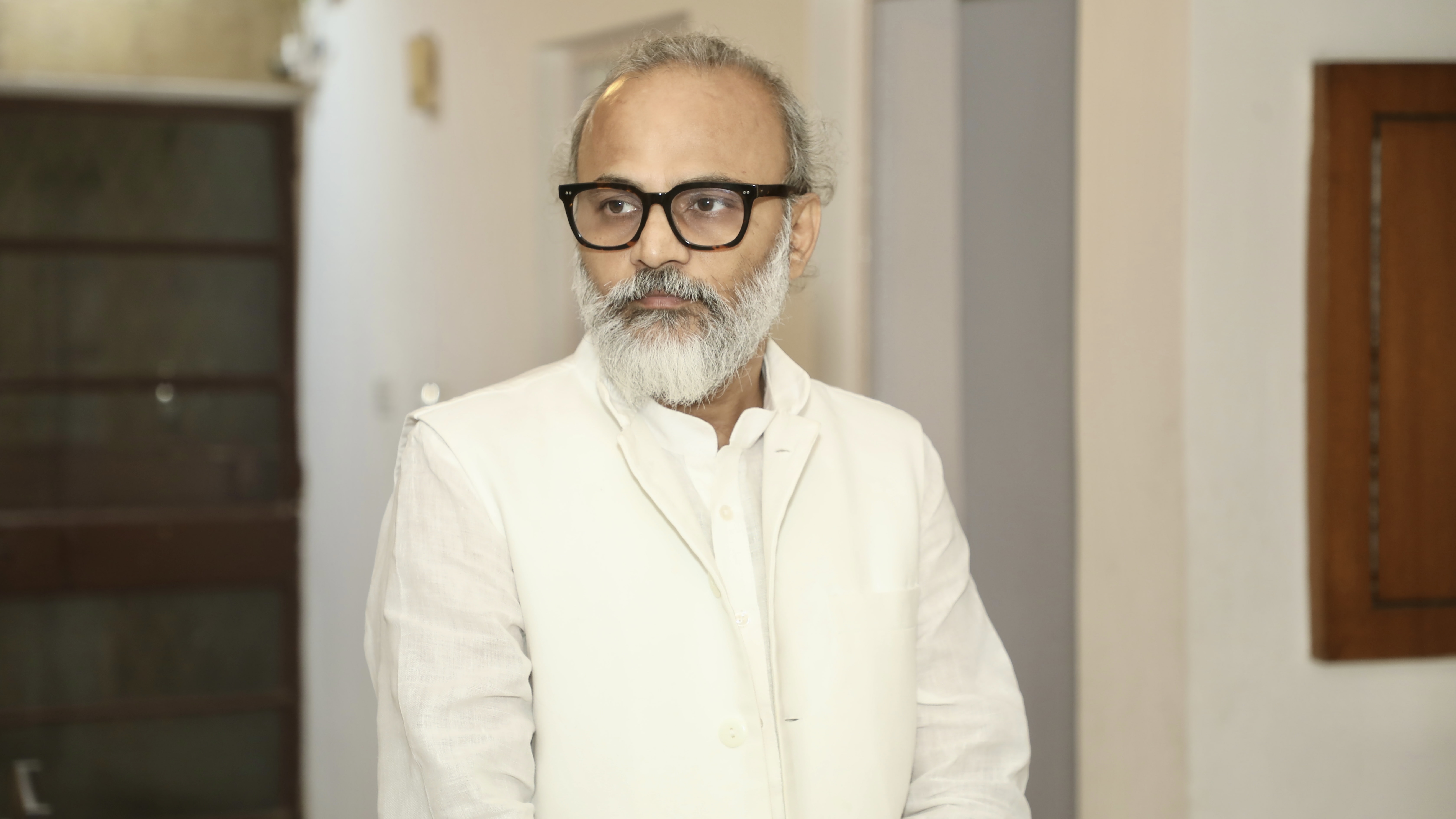
Self Overthinking: Endless Flow
3 months ago By Yogi AnoopSelf Overthinking: The Endless Flow of Chitta Vritti
From the yogic perspective, the nature of the mind is chitta vritti—a continuous flow of thoughts and emotions. In the very first sutra of Patanjali’s Yoga Sutras, it is said: Yogash chitta vritti nirodhah—Yoga is the state in which the modifications of the mind are restrained. Here, “vritti” does not merely mean external thinking, but also the inner activity that constantly continues in the form of thoughts, imagination, memory, and dreams.
Overthinking is a distorted form of this vritti. It is a state in which the thinker (“I”) takes itself as the subject of the contemplation to such an extent that all attention becomes trapped in an endless sequence of thoughts. It may appear that one is contemplating about oneself, but in reality, this contemplation, with oneself as the subject, moves in a circular path—where there is no difference between beginning and end, where the subject appears in the form of the self (atma).
I say that when the focus of thought is on an object (vishaya) or on the seen (drishya), that thought can never reach an end. The reason is that the object or the seen is created by oneself. Here, the thinker is contemplating while considering oneself as the object. Such contemplation can never come to an end, because here everything is assumed. And whenever an action is performed on the basis of assumption, its result can never truly end.
It is like holding a fistful of sand tightly—the tighter you hold, the faster it slips away from your hand. One thought gives rise to another, then another, and this chain continues without stopping. All this happens because one is not fully aware.
The greatest mistake of the thinker is that, out of ignorance, he begins to define himself at the level of “subject and thought.” He forgets that he is neither the thought nor the subject of the thought, but the creator of the subject itself. The moment he realizes that he has made himself into the subject, in that very moment, he drops the subject. This is the moment of self-realization.
In this moment, even the experience of being a witness (drashta) cannot arise—because he has stopped creating the seen. He has ceased to take assistance from all the instruments (the senses, brain, and mind) for the creation of subjects. The essential meaning here is that this “I” has now realized that it is, in essence, pure consciousness.
Until the thinker understands that he is making himself the subject of contemplation, he cannot attain realization. He cannot be free from the act of thinking. Out of ignorance, I call this kind of mental activity overthinking—a process far beyond the reach of the five external objects.
In the practice of meditation, this realization can be most deeply attained through conversation with a knowledgeable and experienced guru. It is possible through dialogue, and thereafter through meditation practice. I even go so far as to say that such knowledge is not possible through books. This is because a book is only a one-way medium of imparting knowledge—you will act upon it only in the way you have understood it. If your perspective of understanding is limited, you will not grasp it at all; and if your perspective is far greater than what the book offers, you may become confused.
Therefore, first there must be a guru with whom you can have direct dialogue. Whenever you are in doubt, you can seek resolution from him for the removal of your confusion. Then, as this steadiness grows, the unnecessary layers of thought begin to fall away on their own.
When this realization becomes firm, chitta vritti naturally becomes calm. Then, within the mind, a silence and clarity arise—not as the result of some solution, but as the very nature of our being. This is the state where overthinking ends, and the door to self-realization opens—the same door that Yoga has, for centuries, called Kaivalya.
Recent Blog
Copyright - by Yogi Anoop Academy
